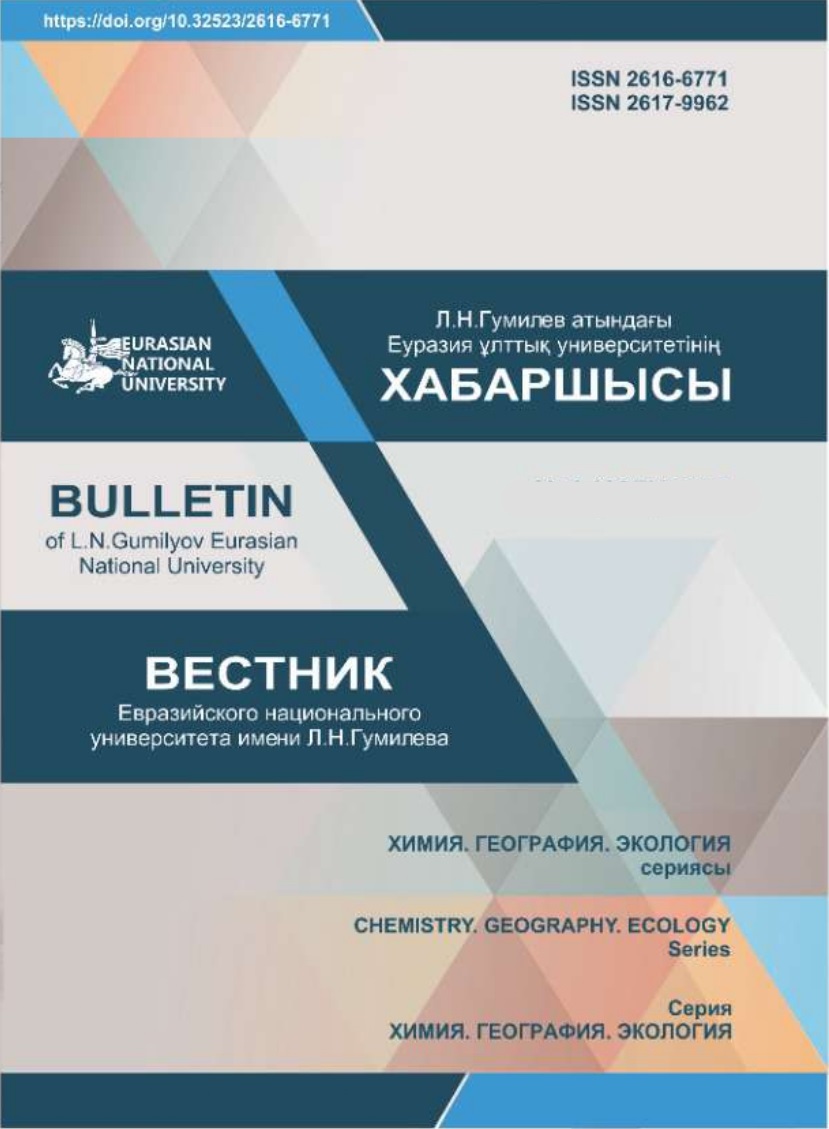Removal efficiency of poultry slaughterhouse waste-water by electrocoagulation method using an aluminum and graphite electrodes
Views: 222 / PDF downloads: 133
DOI:
https://doi.org/10.32523/2616-6771-2019-128-3-51-57Abstract
The study of the effect of current on the efficiency of electrocoagulation sewage treatment of poultry farms was
carried out in order to establish the optimal parameters of electrolysis and to identify conditions with low energy consumption.
Wastewater from the Izhevskoye poultry-farming enterprise was analyzed, in the processing cycle of poultry processing of
which poult-removal, gutting and cooling departments are included. The values of current strength ranged from 0.5 to 1.6
A. The aluminum and graphite electrodes were exploited because they were stable and showed high removal efficiency of
chemical/biological oxygen consumption (COD/BOD), turbidity and phosphates. As a result of the study, optimal current
parameters were established for carrying out wastewater treatment for each of the respective workshops with the achievement
of the efficiency of eliminating turbidity up to 100%, up to 97.9% of total phosphorus and up to 99%, 100% removal of BOC
and COD, respectively.








